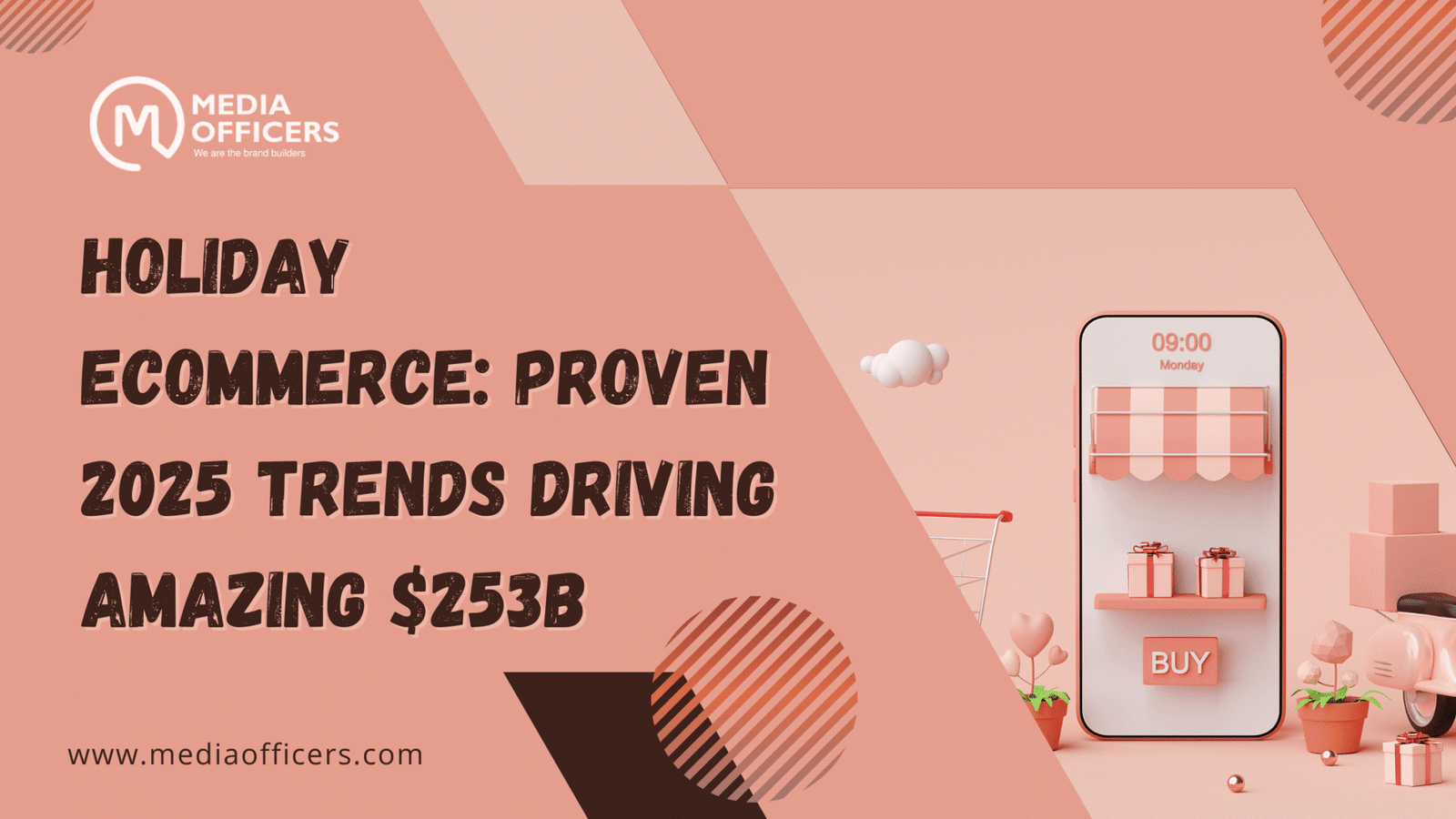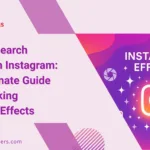In the 2025 outlook, holiday ecommerce is reshaping how U.S. shoppers plan, compare, and complete purchases during the season. Adobe’s forecast highlights a record-breaking online spend of $253.4 billion from November 1 through December 31, driven by a mobile-first mindset, flexible payment options, and the rising influence of generative AI and social platforms on the path to purchase. This is not just a number; it signals a shift in how consumers approach deals, brands, and discovery during the busiest shopping window of the year.
Adobe’s analysis, drawn from over 1 trillion visits to U.S. retail sites and 100 million SKUs across 18 categories, confirms that holiday ecommerce will be shaped by several distinct forces. The combination of mobile shopping, BNPL adoption, and new discovery channels is redefining the consumer journey and presenting both opportunities and challenges for retailers aiming to capture share in a crowded market.
What is driving the record holiday ecommerce forecast?
One of the headline shifts is the dominance of mobile devices in holiday ecommerce. For the first time, mobile is expected to account for the majority of online holiday spend, capturing 56.1 percent of total revenue or about 142.7 billion dollars. This marks a dramatic lift from 2020 when mobile accounted for around 40 percent and reflects improved mobile checkout experiences, faster networks, and richer shopping via apps and mobile sites.
Buy Now, Pay Later BNPL continues to expand its footprint. BNPL purchases are projected to reach 20.2 billion this season, up 11 percent year over year. Nearly 80 percent of BNPL transactions are expected to originate on mobile devices, underscoring the mobile-first shift and the demand for budget flexibility as shoppers plan larger-ticket purchases and high-value gifts.
The October boost is another key driver. Adobe expects early-season discounts to kick off in October, with Prime Day and other industry-wide promotions setting the tone for aggressive price activity. In the October window, U.S. consumers will spend around 9 billion on promotions across two days, a 6.2 percent year-over-year increase, as retailers push early demand to secure share before the core holiday period.
Where the money flows during Cyber Week
Cyber Week remains a central spine of the holiday ecommerce season. Adobe projects 10 separate days with online spending topping $5 billion, culminating in a five-day stretch from Thanksgiving through Cyber Monday that will drive about 43.7 billion dollars, or 17.2 percent of the season total. Cyber Monday itself remains the single biggest day, at roughly 14.2 billion, up 6.3 percent year over year, while Black Friday climbs 8.3 percent to 11.7 billion and Thanksgiving Day reaches 6.4 billion (+4.9 percent).
The concentration of spending during Cyber Week reflects an ongoing trend: shoppers are prepared to act quickly on compelling deals, especially on electronics and fashion items. Retailers can leverage this spike with time-limited offers, dynamic pricing, and cross-channel promotions to convert interest into purchases without eroding margins.
Where shoppers allocate spend by category
Electronics, apparel, and furniture remain the big three pillars of online holiday spend. Together, these categories account for a substantial share of total online revenue, with electronics leading at about 57 billion, apparel around 48 billion, and furniture roughly 31 billion, each showing mid-to-high single-digit YoY gains. Smaller but rapidly growing categories include groceries and cosmetics, both posting notable gains as shoppers broaden the scope of what they purchase online during the season.
Adobe highlights a notable trade-up effect: discounts are driving shoppers to buy higher-end items, particularly in sporting goods, electronics, and appliances. The share of units sold from premium products is expected to rise 39 percent in appliances, 52 percent in electronics, and 56 percent in sporting goods, indicating that promotions are not just clearing inventory but lifting basket value for many households.
Hot sellers to watch include next-generation gaming consoles, flagship smartphones, and cutting-edge wearables. The list features the Nintendo Switch 2, PlayStation 5, Xbox Series X, iPhone 17, Google Pixel 10, Dyson Airwrap Multi Styler, and trending toys. Success for retailers will hinge on inventory readiness, fast fulfillment, and compelling bundles that align with evolving consumer preferences for value and convenience.
AI and social media reshaping product discovery
Two transformative trends are shaping how consumers discover products during the holiday period. Generative AI traffic to retail sites is projected to rise by 520 percent year over year, following a 1,300 percent surge last year. Shoppers are using AI tools for research, product recommendations, deal-finding, and gift inspiration, accelerating the journey from curiosity to purchase. This shift creates a powerful case for optimizing on-site search, product detail pages, and AI-assisted recommendation experiences that align with shopper intent.
Social media influence on ecommerce is also slated to grow, with a 51 percent year-over-year rise expected. Affiliate and influencer-driven sales are expanding at a double-digit pace, reinforcing the importance of social commerce, creator partnerships, and shoppable content in driving conversions. Retailers should invest in authentic, shoppable content, clear conversion paths, and measurable partnerships that translate social exposure into actual revenue.
For retailers, the combined impact of AI and social platforms means discovery work must begin earlier in the funnel. Content that educates, entertains, and answers common questions should be optimized for AI-driven search, while social channels should be used to seed product discovery with frictionless checkout paths and trusted reviews.
October kickoffs and the broader discounting strategy
Adobe notes an industry-wide tilt toward early season discounts, with promotions peaking around Cyber Week and continuing through December. Discounts will remain aggressive, with average markdowns by category including electronics up to 28 percent off list prices, toys at 27 percent, and apparel around 25 percent. This pricing behavior supports a trade-up effect, enabling shoppers to upgrade to higher-value items at a perceived bargain, rather than simply buying cheaper alternatives.
As discounting intensifies, retailers should balance price competitiveness with value-added incentives such as extended warranties, free shipping thresholds, and flexible financing options. By combining meaningful savings with differentiated value, brands can sustain higher average order values while maintaining profitability during the peak shopping window.
Strategic takeaways for retailers and brands
To capitalize on the forecasted holiday ecommerce momentum, retailers should prioritize several core capabilities. First, optimize mobile shopping experiences end-to-end, from discovery to checkout, as more than half of all holiday spend will occur on mobile devices. Second, integrate BNPL and other financing options into the checkout flow to support larger baskets and reduce cart abandonment. Third, embrace AI-enabled discovery and personalization to meet shoppers where they are, whether in research mode or ready to buy. Fourth, invest in social commerce and influencer partnerships to amplify reach and drive trusted referrals that convert.
Category leadership will hinge on product availability, timeframe-based promotions, and seamless fulfillment. Retailers should align inventory planning with the timing of Cyber Week, ensure fast delivery options, and implement smart content that helps shoppers compare features, benefits, and total cost of ownership. The result is not just a spike in transaction volume but a durable improvement in customer lifetime value driven by a superior shopping experience during holiday ecommerce.
Frequently Asked Questions
What is the total expected online holiday spend in 2025?
Adobe forecasts holiday ecommerce spending to reach about 253.4 billion dollars between November 1 and December 31, signaling a record-breaking season driven by mobile shopping, BNPL, and AI-enabled discovery.
Which days see the largest online spend during Cyber Week?
The five-day Cyber Week is expected to generate about 43.7 billion dollars, with Cyber Monday at 14.2 billion and Black Friday at 11.7 billion, reflecting strong shopper demand across the period.
How important is BNPL to holiday ecommerce this year?
BNPL is increasingly central to holiday ecommerce, with purchases projected to reach 20.2 billion and nearly 80 percent of BNPL transactions occurring on mobile devices, underscoring the demand for budget flexibility and mobile-friendly checkout.
Which categories lead holiday ecommerce spend?
Electronics, apparel, and furniture remain the top three categories, totaling a substantial portion of online revenue, while groceries and cosmetics show strong growth as consumers expand online shopping for essentials and beauty products.
Conclusion
The 2025 holiday ecommerce forecast from Adobe paints a clear picture: this season will be driven by a mobile-first approach, AI-assisted discovery, and social-driven shopping. The record spending level of 253.4 billion dollars reflects a broader shift in consumer behavior one that rewards retailers who optimize mobile experiences, embrace flexible payments, and leverage AI and social channels to influence the path to purchase. By aligning pricing, promotions, and fulfillment with these trends, brands can not only capture a larger share of Cyber Week revenue but also build enduring relationships with shoppers who expect speed, simplicity, and personalized value throughout the entire holiday ecommerce journey.








